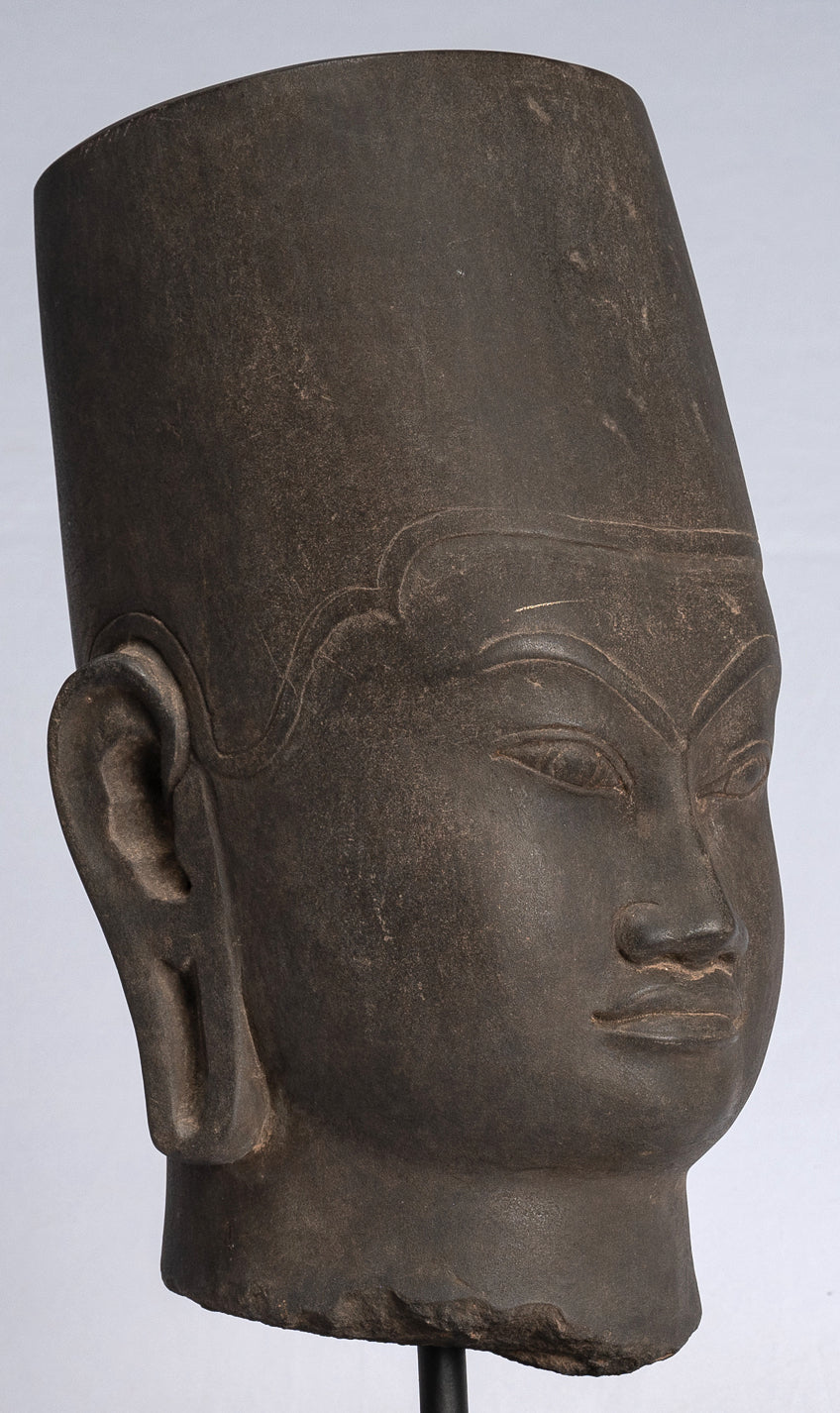
Hari-Hara: The Harmonious Union of Shiva and Vishnu
Introduction
Hinduism, with its rich tapestry of mythology and diverse deities, celebrates the divine in myriad forms. One extraordinary concept within Hindu theology is Hari-Hara, a symbolic representation of the seamless unity between two of the most revered deities—Lord Shiva and Lord Vishnu.
In this blog post, we explore the profound concept of Hari-Hara, uncovering the symbolism, significance, and spiritual implications of the harmonious union of Shiva and Vishnu.
1. The Divine Duality: Hinduism acknowledges the divine principle as both immanent and transcendent, and this duality is often personified in the forms of various deities. Shiva, the lord of destruction and regeneration, and Vishnu, the preserver and protector, represent complementary aspects of the cosmic order.
2. The Emergence of Hari-Hara: The concept of Hari-Hara gained prominence during the medieval period, emphasizing the underlying unity of all divine manifestations. It is particularly significant in the Shaiva-Vaishnava traditions, where devotees recognize the oneness of Shiva and Vishnu.
3. Iconography of Hari-Hara: In visual representations, Hari-Hara is depicted as a composite deity with half of the body resembling Shiva and the other half resembling Vishnu. The right side usually represents Vishnu, adorned with his attributes like the conch (Shankha) and discus (Chakra), while the left side embodies Shiva, adorned with the trident (Trishula) and the drum (Damaru).
4. Symbolism of Unity: Hari-Hara is a symbolic expression of the underlying unity of the divine. It signifies that, ultimately, there is no essential difference between Shiva and Vishnu—they are different aspects of the same transcendent reality. The union of Hari (Vishnu) and Hara (Shiva) embodies the synthesis of creation and dissolution, preservation and destruction.
5. The Cosmic Dance of Hari-Hara: In certain representations, Hari-Hara is depicted engaged in the cosmic dance—a fusion of Shiva's Tandava and Vishnu's Ananda Tandava. This dance symbolizes the rhythmic cycles of creation, preservation, and dissolution that govern the universe.
6. Philosophical Harmony: The concept of Hari-Hara aligns with the Advaita Vedanta philosophy, which posits the ultimate reality as Brahman, devoid of distinctions. The harmonious synthesis of Shiva and Vishnu in Hari-Hara underscores the essential oneness beyond apparent dualities.
7. Devotional Significance: For devotees, Hari-Hara serves as a representation of the inclusive nature of divinity. It encourages a spirit of harmony and acceptance, fostering a realization that different paths and forms of worship ultimately lead to the same divine source.
8. Temples Dedicated to Hari-Hara: Some temples, particularly in South India, are dedicated to Hari-Hara, emphasizing the synthesis of Shaiva and Vaishnava traditions. Devotees visit these temples to seek blessings and experience the profound unity represented by Hari-Hara.
9. Syncretism in Hinduism: Hari-Hara exemplifies the syncretic nature of Hinduism, where diverse traditions coexist harmoniously. It reflects the idea that the divine is vast and all-encompassing, accommodating various paths and expressions of worship.
10. Universal Harmony: Beyond theological debates, Hari-Hara stands as a potent symbol of universal harmony. It inspires individuals to transcend sectarian boundaries and recognize the shared spiritual essence that unites all of humanity.
Conclusion: Hari-Hara, the harmonious union of Shiva and Vishnu, is a powerful emblem of unity in diversity within Hinduism. It transcends theological distinctions, inviting devotees to explore the profound oneness that underlies the multitude of divine expressions.
In the synthesis of Shiva and Vishnu, in the cosmic dance of creation and preservation, Hari-Hara beckons us to embrace the fundamental unity that binds the universe together—a unity that extends beyond religious affiliations and celebrates the divine in all its glorious manifestations.
Through the symbolic dance of Hari-Hara, Hinduism offers a timeless message of unity, tolerance, and the transcendent oneness that unites all of creation.


